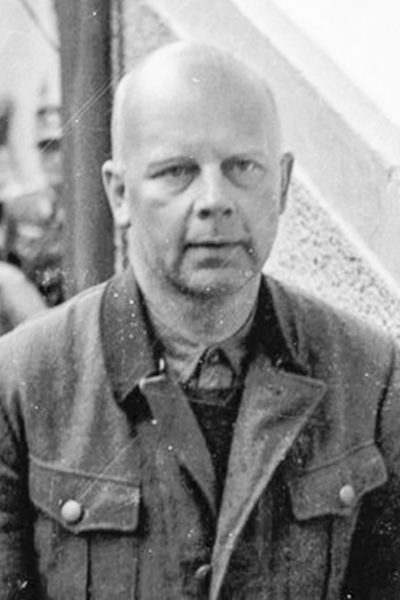Five years ago, I wrote a blog on the life of Josephine Baker and in particular, her resistance activities during World War II. Most of you probably have never read that blog so I decided to rewrite the blog in an expanded format along with additional images. However, there is another reason I decided to publish the “new” blog at this particular time.
Several weeks ago, President Emmanuel Macron authorized Josephine to be inducted into the Panthéon⏤only the French president can choose who enters the Panthéon. She is the fifth woman to be honored at this hallowed mausoleum for French icons and heroes. (A sixth woman is interned next to her husband who was inducted on his merits.) Click here to learn more about the Panthéon.

If this is your first introduction to Josephine Baker, I am confident that after reading her story, you will concur with President Macron’s decision.


